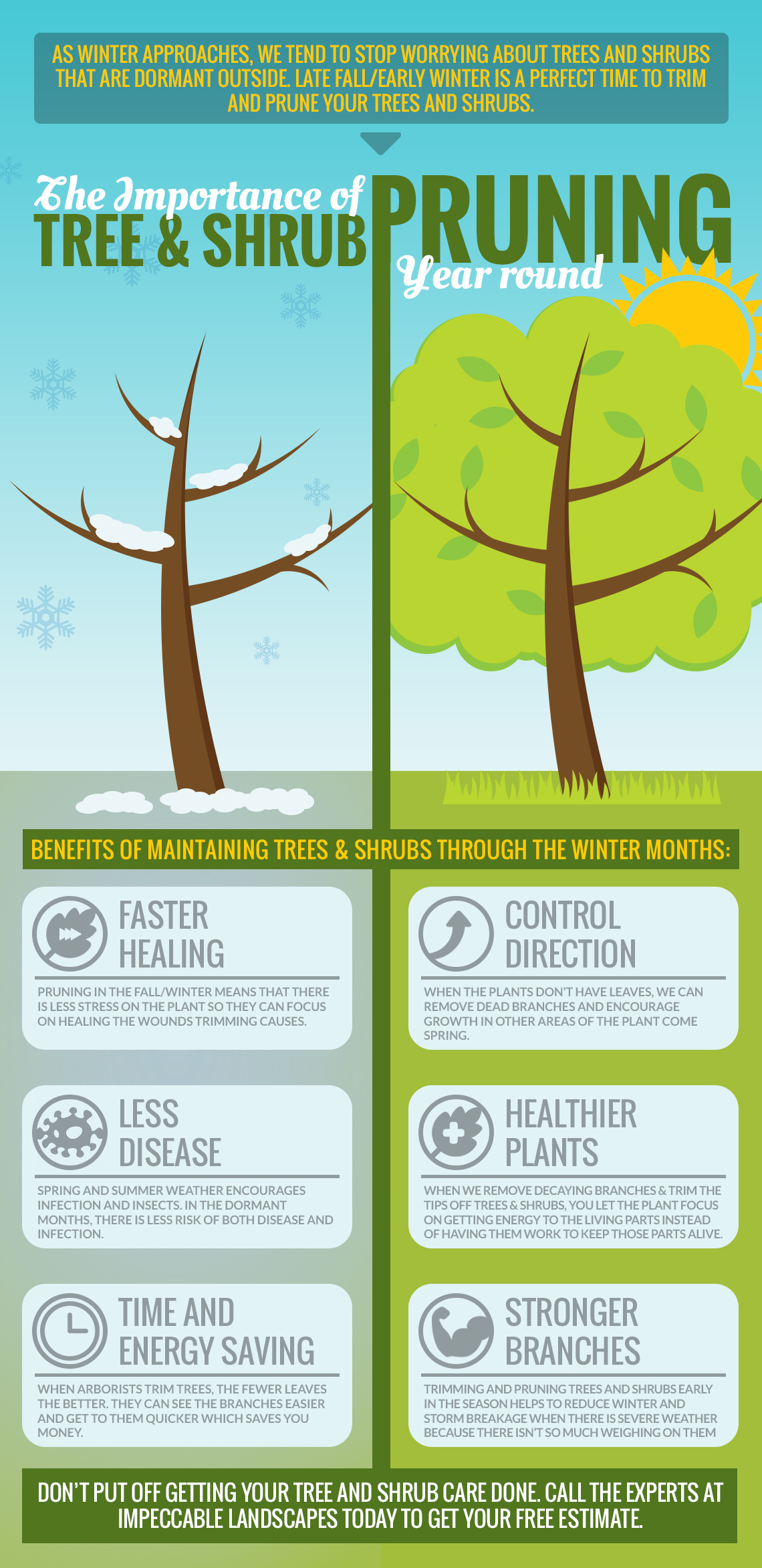Seasonal Tree Management: Techniques For Caring For Trees Prior To And After Their Elimination
Seasonal Tree Management: Techniques For Caring For Trees Prior To And After Their Elimination
Blog Article
Web Content Author-
When it pertains to seasonal tree care, making sure correct monitoring prior to and after elimination can considerably impact the health and wellness and appearances of your landscape. By recognizing the essential steps associated with assessing tree health and wellness and planning for removal, you can proactively guard your residential property. But what about the vital techniques to adhere to as soon as the tree is gone? Remain tuned to find the important post-removal care procedures that will assist you grow a growing and sustainable setting for your trees.
Pre-Removal Tree Treatment
Prior to dealing with the removal of a tree, it's vital to focus on pre-removal tree care. Begin by assessing the tree's health and wellness and architectural integrity. Search for indicators of illness, bug invasions, or any type of architectural problems that may pose a security danger throughout elimination. It's necessary to consult with a qualified arborist to identify the best strategy.
Pruning dead or unhealthy branches can prevent further damage to the tree and ensure a smoother elimination process.
Additionally, think about the environmental effect of eliminating the tree. Trees play a crucial duty in our ecological community, so planting a brand-new tree in a suitable location can help balance out any loss. Make mouse click the next page that you have the needed authorizations and consents for tree elimination, specifically if the tree is protected by neighborhood laws.
Seasonal Maintenance Tips
Assessing your tree's needs throughout the year is imperative for its health and wellness and durability. To maintain your trees in leading problem, comply with these seasonal upkeep ideas.
In arborist consultation , focus on pruning to get rid of dead or broken branches and motivate new development.
Summertime calls for normal watering, particularly throughout droughts, to ensure your tree remains hydrated.
As isa arborist practice test , keep an eye out for early indications of disease or stress, and think about applying compost to shield the roots throughout winter season.
In winter season, beware when eliminating snow from branches to prevent damage, and continue to check your tree's total health.
Remember to adjust your treatment regular based on the certain demands of your tree species and local climate. By staying attentive and aggressive throughout the periods, you can assist your trees prosper and thrive for years to find.
Post-Removal Tree Treatment
To ensure the health and wellness of your landscape also after tree elimination, correct post-removal care is important. After a tree is gotten rid of, it's essential to fill the staying hole with topsoil and portable it to avoid settling. This will certainly assist preserve the stability of the ground and avoid prospective dangers in the future.
Think about planting brand-new plants instead of the gotten rid of tree to bring back the equilibrium and aesthetic appeals of your landscape. Routinely water the location to promote the development of brand-new plants and avoid dirt erosion.
Evaluate the bordering trees for any indications of disease or stress and anxiety that might have been caused by the eliminated tree. Watch out for garden and grounds maintenance that might've been brought in to the previous tree and take preventive measures to secure the remaining plant life.
If required, consult with an expert arborist to analyze the effect of the elimination on the bordering trees and establish any kind of additional care needed. By following these post-removal treatment actions, you can make sure the continued wellness and beauty of your landscape.
Verdict
To conclude, aggressive seasonal tree treatment is crucial for keeping the health and balance of your landscape. By analyzing tree health, trimming, and talking to an arborist prior to removal, you can guarantee a risk-free process. After elimination, filling the hole, planting new vegetation, and routine watering will advertise new growth and protect against erosion. Keep in mind to inspect surrounding trees for disease and look for additional treatment procedures from an arborist to maintain your landscape flourishing.
